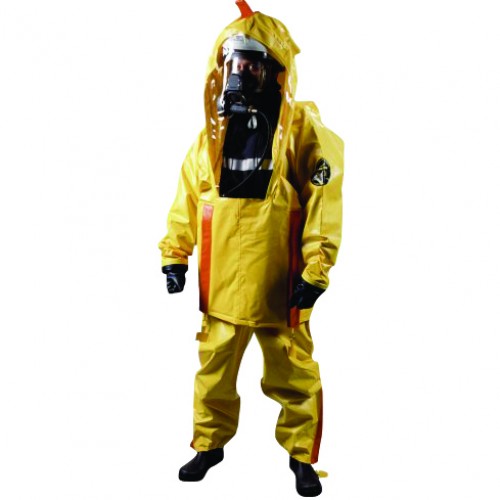Sometimes you’ve to face unsavory, smelly chores. So filthy that they could be even dangerous. I am thinking of cleaning up or making reusable dirty stuff: animal carcasses, cesspool finds, paint buckets ...
 Big buckets and drums (with lid) are always useful to store stuff and pet food. If they are thoroughly cleaned. If you buy them you will invariably hear that the content was olives. And a label is never available.
Big buckets and drums (with lid) are always useful to store stuff and pet food. If they are thoroughly cleaned. If you buy them you will invariably hear that the content was olives. And a label is never available.
The worst dirt you first scrape off of course. Also an easy way to get dirt off is pressurized. With the risk that it flies away in all directions. So watch out where you do it. And wear appropriate protective clothing.
Put your work in a large tub with soapy water. And leave it there for a few days to weeks.
A cesspool may be distasteful, formerly brassware (e.g. a luster) was hung a week in it so that the ammonia could do its work. And after soaking follows scrubbing and sanding. Old toothbrushes can be helpful.
For dirty jobs I wear thin rubber gloves. Surgical, or disposable ones from the food industry. These are also perfectly (several times) reusable. (Pull inside out when removing. Inflate them so they do not stick together anywhere. And let them dry.) To prevent tearing an breaking them (too soon) I wear other gloves over them. Consider also overall, goggles, mask, boots. Put everything ready beforehand (so you definitely should not walk back in with dirty clothes.) Old scourers, (mastic) knife, soap, garden hose or buckets of water, rags, .. should be ready to use.
And plan the job at a time when you can take a delicious shower straight afterwards.
Paint buckets I let dry out first. After that, the hard paint usually can easy peeled out n strips, sometimes even in one whole from a plastic bucket. These residues go to the chemical waste.
I got a long time ago a question how I get my paint brushes cleaned en rinsed, and what I did with the liquid. Or with the disposable brushes.
Disposable brushes you can wash and reuse of course. If I buy paint, it is preferably water based. Which is now as good as synthetic paint.
For washing, I have 2 (up to 3) jar with some solvent (water or white spirit) and a screw cap. One for the pre-wash, and 1 or 2 for the next wash. In between I knock and I rub the rinsed brush clean and dry each time against on the rough inside of the wooden door of my workplace. That has all possible colors. The dirt in the jar gently settles, and sinks in a layer fixed on the bottom. The liquid can thus be used again many times. If one cup is really too dirty after years, bowl two will become the first washing jar, and for the last wash I take a new one. The old cup I put open in the sun, until all liquid has evaporated. And then he also goes along with the chemical waste. (The hard layers of paint shrinkage are drying in, and can often be simply shaken out of the pot.)
